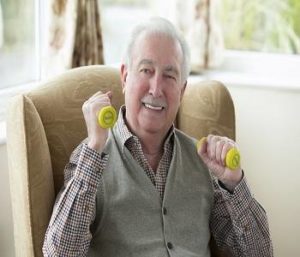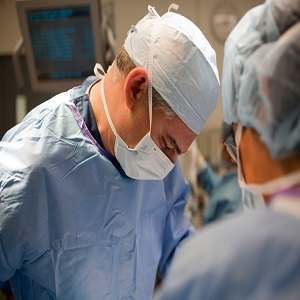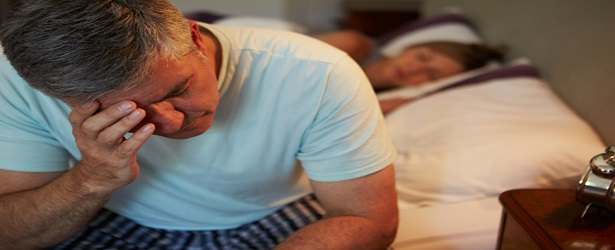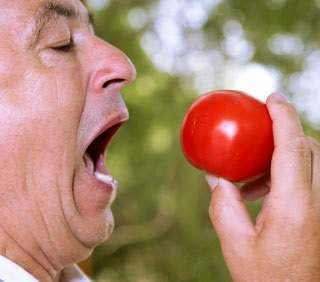A Diagnosis of BPH
First of all, males as well as females must know what is an enlarged prostate or benign prostatic hyperplasia. Awareness is the first step to make sure that everyone at risk of developing this condition manages it well. Suffering from benign prostatic hyperplasia does not mean you are suffering from cancer. The word “benign” means just that — non-cancerous. Through the years of treatment and diagnosis, medical experts have categorized the physical condition as LUTS or Lower Urinary Tract Symptoms, because it is also possible for a guy to experience the symptoms of BPH even when the prostate is not enlarged.
The Prostate as a Gland
 This gland is only present in males. It is located in the body’s urinary system or urinary tract, specifically around the urethra where urine is expelled from the body. The risk of developing benign prostatic hyperplasia or enlarged prostate increases as men age, especially from 50 and up. This is one of the main reasons why urine is blocked, causing painful and/or difficult urination.
This gland is only present in males. It is located in the body’s urinary system or urinary tract, specifically around the urethra where urine is expelled from the body. The risk of developing benign prostatic hyperplasia or enlarged prostate increases as men age, especially from 50 and up. This is one of the main reasons why urine is blocked, causing painful and/or difficult urination.
If the person does not have abnormal prostate size, then another possible reason for difficulty in urination could be a deficiency in elasticity of the bladder muscle groups.
Symptoms are categorized into three levels: mild, moderate, and severe.
BPH or benign prostatic hyperplasia is not a fatal physical condition. But the effects or symptoms of an enlarged prostate are so uncomfortable that they can hinder the patient from doing simple daily tasks. Medical experts or doctors must treat this condition in order keep it from worsening and escalating into urinary tract infections, possibly damaging the bladder and kidney.
More than half of males ages 50 and up experience BPH. The good news is that most of these conditions, may not need the attention of a medical specialist. A regular doctor can help minimize the symptoms or even eliminate BPH early on. Sadly, most men who have BPH choose to leave the condition untreated, leading to further organ damage.
Factors in Benign Prostatic Hyperplasia
 Science views the main reason for the development of benign prostatic hyperplasia as aging. Next to that is the increased production of hormones namely, dihydrotestosterone and testosterone. These 5a-reductase hormones increase and infest the prostate gland, causing the gland to be inflamed or increase in size. One thing noted by the experts is that the chances of developing BPH in men who have their testicles removed early on is ZERO. This means that the testicles can also be considered as a factor for this condition.
Science views the main reason for the development of benign prostatic hyperplasia as aging. Next to that is the increased production of hormones namely, dihydrotestosterone and testosterone. These 5a-reductase hormones increase and infest the prostate gland, causing the gland to be inflamed or increase in size. One thing noted by the experts is that the chances of developing BPH in men who have their testicles removed early on is ZERO. This means that the testicles can also be considered as a factor for this condition.
The environment and common food also affect the development of BPH. Studies of Asians show a lesser rate of BPH. However, those Asians who migrated to North America developed BPH at the same rates as natives and/or the Caucasians of the region. In contrast, Africans and/or African Americans have a higher threshold for the age in developing BPH — at least 60 and up compared to 50 and up for others.
Symptoms of Benign Prostatic Hyperplasia
The most common symptom present in BPH is difficulty in urinating, which can range from mild to severe. The difficulty can either be in initiating urination or in the actual process of stopping it. The frequency for urination is also considered a symptom, if the person is observed urinating more often, even if the bladder is not yet really full.
The Actual Diagnosis
The ISPS or the International Prostate Symptom Scale is used to help in the diagnosis. If there is any problem with the prostate that must be addressed, this chart will help the doctor see the severity of the prostate condition. The ISPS works in conjunction with the person’s complete medical history to study whether a possibility of prostate enlargement is present. The next steps are diagnostic procedures, which range from several physical tests (including a rectal examination) to laboratory tests (including a blood and urine test). If a even a slight risk of cancer is seen, the doctor will perform more tests to confirm suspicions.
 Other tests like sediment analysis to microscopic process and other urinalysis may be performed in order to rule out or see if there is a urinary tract infection. While an ultrasound is necessary, a urine flow measurement, and catheterization are also required for urgent or severe cases of prostate enlargement. Doctors may also request a PSA or prostate antigen tests.
Other tests like sediment analysis to microscopic process and other urinalysis may be performed in order to rule out or see if there is a urinary tract infection. While an ultrasound is necessary, a urine flow measurement, and catheterization are also required for urgent or severe cases of prostate enlargement. Doctors may also request a PSA or prostate antigen tests.
Based on the looks of it, BPH is something quite inevitable as men age, but it can also be avoided with proper body care. Studies show that going for the right diet (healthy and beneficial choice of foods) and daily exercises can reduce the risk of developing prostate conditions, especially BPH. This is based on the fact that fats are reduced or eliminated around the prostate area, one of the factors in the development of BPH.
Nevertheless, it is better for a person to have himself checked if he feels the slightest symptoms of BPH. If the symptoms do not exist or if you have family members who have had conditions such BPH or prostate cancer, go through the series of medical checkups on or before age 50 to ensure that the bladder and prostate are working the way they should.

 Subscribe Now
Subscribe Now

 One way to minimize the effects of prostate enlargement is by changing the lifestyle, or better yet the diet. Foods rich in essential nutrients are extremely beneficial to the health condition of the prostate by reducing the fats surrounding the prostate or the entire urinary tract. This also reduces the effects of the Benign Prostatic Hyperplasia in the long run.
One way to minimize the effects of prostate enlargement is by changing the lifestyle, or better yet the diet. Foods rich in essential nutrients are extremely beneficial to the health condition of the prostate by reducing the fats surrounding the prostate or the entire urinary tract. This also reduces the effects of the Benign Prostatic Hyperplasia in the long run.






 A patient or person with BPH or enlarged prostate notices that he needs to cut his sleep short and go to the restroom to urinate, he should reduce the amount of water or any liquid intake before bedtime. Another idea is to reduce the amount of caffeinated and alcoholic drink consumption.
A patient or person with BPH or enlarged prostate notices that he needs to cut his sleep short and go to the restroom to urinate, he should reduce the amount of water or any liquid intake before bedtime. Another idea is to reduce the amount of caffeinated and alcoholic drink consumption.














